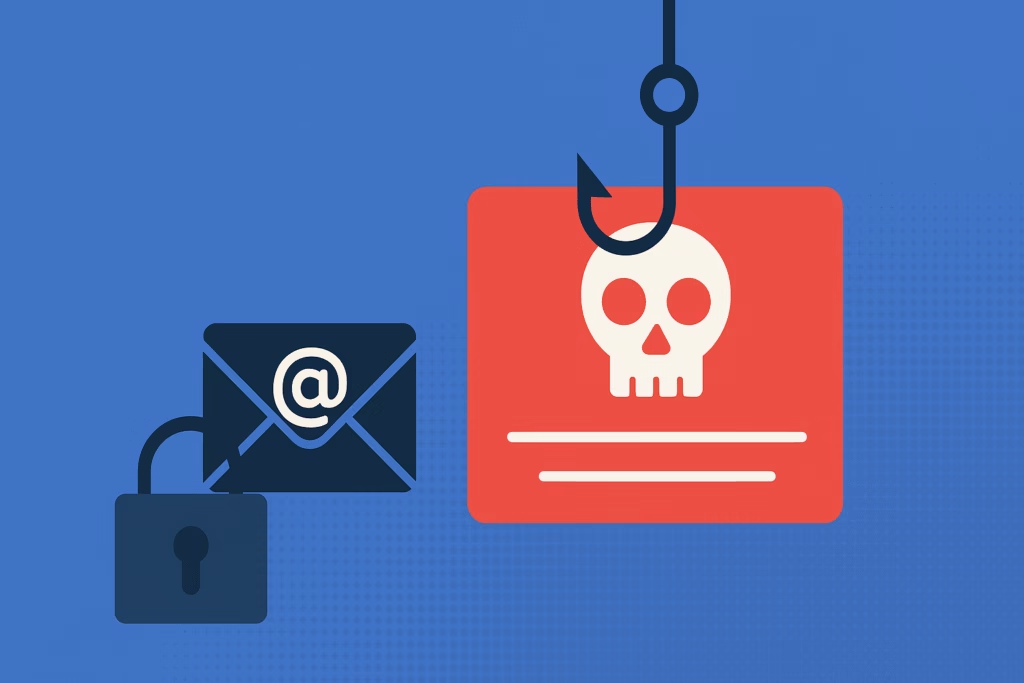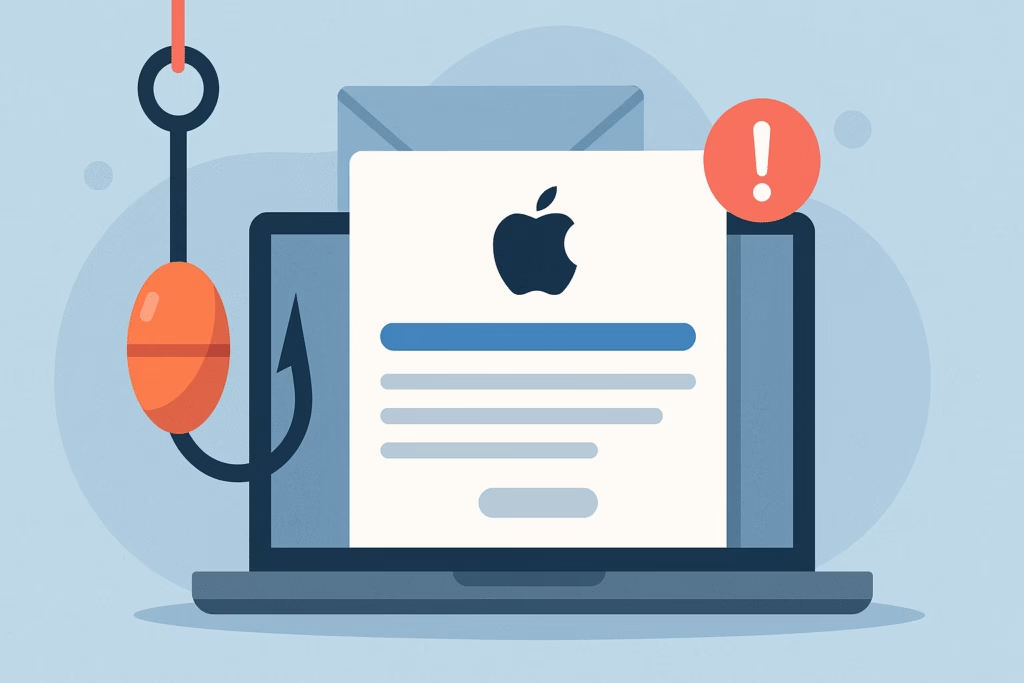
American Express cardholders are prime targets for cybercriminals crafting amex phishing emails designed to steal sensitive data and financial details. According to the 2022 APWG Phishing Activity Trends Report, phishing attacks surged by 27% over the prior year, with financial institutions like American Express frequently impersonated. This guide dives deep into how to spot and stop phishing Amex attempts, arming you with practical, actionable steps—and showing how a solution like PhishDef can provide enterprise-grade protection.
Understanding the Threat of Amex Phishing
Before deploying defenses, it’s crucial to understand how attackers operate:
- Spear Phishing vs. Bulk Phishing: While generic phishing blasts millions of emails, spear phishing emails target specific individuals or companies, often using personal information to appear more credible.
- Brand Impersonation: Cybercriminals mimic American Express’ logo, email templates, and domain names (e.g., amex-secure[.]com) to trick recipients.
- Social Engineering: Urgency, fear of account suspension, or promises of refunds entice users to click malicious links or share credentials.
FBI’s Internet Crime Complaint Center (IC3) reported over 800,000 phishing complaints in 2022, resulting in more than $3.6 billion in losses. With stakes this high, vigilance is non-negotiable.
Common Characteristics of Amex Phishing Emails
- Suspicious Sender Address: Legit email from American Express ends in @americanexpress.com. Anything like @amex-secure-login.com is a red flag.
- Generic Greetings: Messages starting “Dear Valued Customer” instead of your name.
- Grammatical Errors: Typos, odd punctuation, or awkward phrasing often signal a scam.
- Urgent Language: “Your account will be locked in 24 hours—click here to verify.” Attackers create artificial fear to prompt hasty action.
- Malicious Links and Attachments: Links masked as account statements or PDFs with embedded macros that deploy malware.
How to Identify Amex Phishing Emails: Step-by-Step
- Examine the Sender Domain: Hover over the sender’s email. Does the domain match americanexpress.com? If not, delete immediately.
- Inspect URLs Before Clicking: Hover over links to reveal the true destination. Look for HTTPS, a valid certificate, and a domain that exactly matches americanexpress.com.
- Verify Email Headers: In Outlook or Gmail, view “Full Header” to confirm mail routing. Spoofed messages often originate from unusual IP addresses.
- Check for Spelling and Design Inconsistencies: Compare with previous legitimate Amex emails you’ve received.
- Use a Sandbox or Test Account: If unsure, forward the email to a non-production environment or a dedicated “phish@yourcompany.com” address monitored by your security team or PhishDef.
Best Practices to Protect Against Phishing Amex Attacks
Mitigating risk demands layering multiple defenses:
- Enable Multi-Factor Authentication (MFA): Turn on MFA for your Amex online account to add a second verification step beyond just a password.
- Use Strong, Unique Passwords: Never reuse passwords across sites. Consider a reputable password manager to generate and store complex credentials.
- Keep Software Up to Date: Regularly install OS, browser, and email client updates to patch vulnerabilities attackers exploit.
- Employee Training and Phishing Simulations: For organizations, run regular phishing drills. Tools like PhishDef simulate real-world amex phishing email scenarios to educate users and measure susceptibility.
- Deploy Anti-Phishing Solutions: Leverage services such as PhishDef for real-time email scanning, domain reputation checks, and machine-learning–driven anomaly detection.
- Monitor Account Activity: Set up notifications for unusual sign-in patterns or large transactions on your Amex account page.
Implementing PhishDef for Enhanced Protection
PhishDef offers a robust defense against amex phishing emails by combining:
- Real-Time Link Analysis: Scans and neutralizes malicious URLs before they reach the inbox.
- Domain Spoof Detection: Identifies look-alike domains impersonating “americanexpress.com.”
- Automated Incident Response: Flags suspicious emails and either quarantines them or provides risk scores to administrators.
- Reporting Dashboard: Delivers analytics on phishing trends, user click-through rates, and training progress.
Organizations deploying PhishDef have seen a 65% reduction in successful phishing clicks within the first quarter of implementation.
Real-World Case Study: Stopping a Phishing Amex Scam
In March 2023, a U.S. mid-sized law firm received an apparent invoice from “American Express” requesting immediate payment. The email used urgent language and a PDF link. An associate, uncertain of its legitimacy, forwarded it to the firm’s security team. Because the firm had integrated PhishDef:
- PhishDef flagged the embedded link—hosted on a Russian IP—as malicious.
- Email was quarantined automatically, preventing 12 employees from exposure.
- Post-incident analysis revealed attempted credential harvesting via a fake Amex login form.
Without PhishDef, those stolen credentials could have led to unauthorized charges exceeding $50,000 and a multi-week breach investigation.
Step-by-Step Response to a Suspected Amex Phishing Email
- Do Not Click or Download: Resist the temptation to follow links or open attachments.
- Report to Amex: Forward suspicious messages to spoof@americanexpress.com and then delete.
- Scan Your System: Run a full antivirus/anti-malware scan to rule out infection.
- Change Your Passwords: If you clicked or entered credentials, immediately update your Amex password and any accounts reusing that password.
- Notify Your Security Team or Provider: If you’re in an organization using PhishDef, mark the email as phishing—this feedback helps refine detection models.
- Monitor Statements: Review upcoming billing statements closely for unauthorized charges.
Key Takeaways
- Phishing attempts targeting American Express customers are on the rise—vigilance is essential.
- Always verify sender domains, inspect URLs, and enable multi-factor authentication.
- Equip yourself or your organization with advanced defenses like PhishDef to block threats before they hit inboxes.
- Immediate response—reporting, password changes, and scans—minimizes damage if a phishing email slips through.
Take Control of Your Amex Security Today
Don’t let amex phishing email scams compromise your finances or corporate data. Strengthen your defenses with PhishDef’s industry-leading anti-phishing platform. Visit PhishDef now to start your free trial and safeguard your American Express accounts against tomorrow’s threats.


